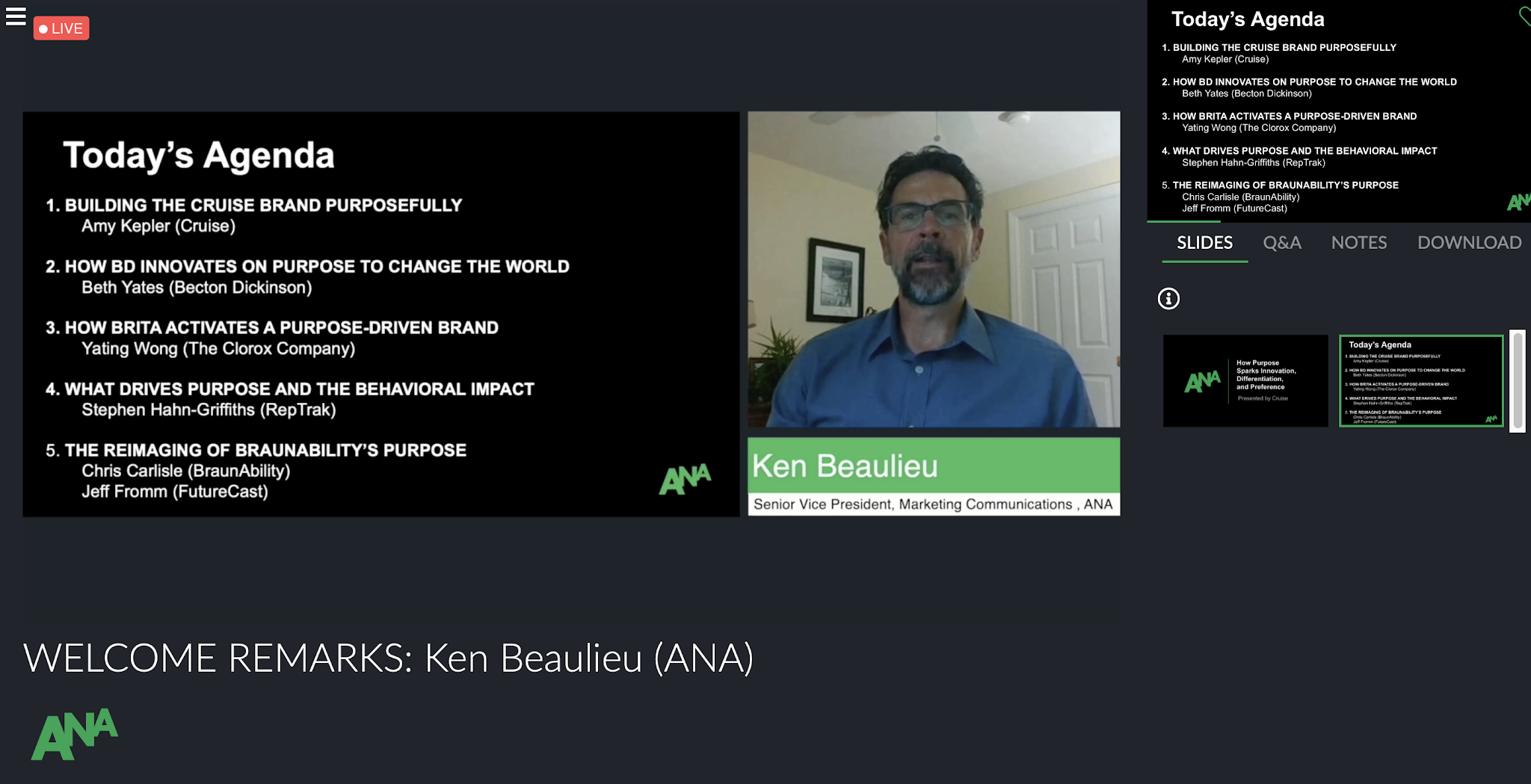Are upfronts still a thing in today's media?
 It was an interesting
afternoon last April 25th, 2019 at the headquarters of the
Advertising Research Foundation in New York City. Advertising professionals
once again gathered for an interesting conference entitled “TV killed the Radio
Star, But Will Anything Kill Upfronts?”, a discussion which is part of the ARF’s
Salon Series. The conversation centered on upfronts and newfronts and how the
viewing trends and behaviors have evolved.
It was an interesting
afternoon last April 25th, 2019 at the headquarters of the
Advertising Research Foundation in New York City. Advertising professionals
once again gathered for an interesting conference entitled “TV killed the Radio
Star, But Will Anything Kill Upfronts?”, a discussion which is part of the ARF’s
Salon Series. The conversation centered on upfronts and newfronts and how the
viewing trends and behaviors have evolved.
Carol Hinnant,
Executive Vice President for National Television Sales at comScore, served as
the moderator of the discussion. She started the program by emphasizing how the
media landscape has been changing. “Media
is, nowadays, more dynamic, more cross platform; consumers can engage whenever,
where ever, however they want,” she said in her opening statement. She then
highlighted the fact that viewing on digital media has tripled in the last few
years. Even when this is happening, linear television is said to still be
thriving in this digital age. Data also shows that even gen Z is still
consuming linear television contents. The importance of this discussion,
according to Carol, is threefold: (1) silos of television and digital are
blurring, therefore converting this media space into one, (2) there’s more media
consumption happening now more than ever, and (3) there is an incredible need to
understand the behavioral changes in media consumption so as to make better sense of this cross platform
world and find the right mix of reach and frequency.
The panel of
discussants was composed of (1) Lauren Benedict, Vice President of National
Sales, Hulu; (2) Lauren Zweifler, Senior Vice President, Insight &
Measurement, Vertical Solutions, NBCUniversal; (3) Jonathan Steuer, Chief
Research Officer, Omnicom Media Group; (4) Beth Rockwood, Senior Vice President,
Portfolio Research, WarnerMedia; and (5) Jennifer Kohl, Senior Vice President
and Executive Director, Integrated Media, VMLY&R.
Do upfronts still
work? The responses from the discussants were resounding and unanimous. Yes, it
still does. While the landscape has significantly changed, upfronts are still
the way to go in terms of ad dollar allocations. However, it is believed that
the landscape is much more tough to navigate in. With all these changes, it is harder
to make a choice for upfronts nowadays, as argued by Lauren Zweifler of
NBCUniversal. She then proceeded by saying that television did not necessarily
kill radiostar. In fact, these changes brought forth the rebirth of radio from
what it is traditionally to what is now known as podcasts.
Jonathan Steuer
mentioned how the evolution has significantly changed the trends in media. “Innovation in media is now about a
combination of content, new advertising formats, ways to measure them, and ways
to target them,” he said. On the other hand, Lauren Benedict, emphasized
the importance of adjusting to the paradigm shift in tv, media, and upfronts. “We are facing a great shift. To maintain
the reach [we have set], we must need to know when, who, and how we can engage
with,” she said. She goes on by saying that video content creation and
consumption is now at its peak, as such, advertisers should bank on this trend to optimize
ad spending in contemporary times. Additionally, it is said that ad dollars were just transferred
from being invested in local channels to digital media.
 The talk shifted from
ad dollar allocation to metrics and the negotiations. Just like how everyone
previously agreed on how upfronts these days still work, all members of the
panel believe that the complexity of media nowadays made it more difficult for
measurements to be accurate. The same way, negotiations have become very
intricate as well. This is the case primarily because of the lack of
standardization both in measurement and negotiation processes across all
platforms. However, the discussion also centered on how these professionals are
very hopeful that data and further research will eventually bring media buying
and spending will eventually be in a much safer space.
The talk shifted from
ad dollar allocation to metrics and the negotiations. Just like how everyone
previously agreed on how upfronts these days still work, all members of the
panel believe that the complexity of media nowadays made it more difficult for
measurements to be accurate. The same way, negotiations have become very
intricate as well. This is the case primarily because of the lack of
standardization both in measurement and negotiation processes across all
platforms. However, the discussion also centered on how these professionals are
very hopeful that data and further research will eventually bring media buying
and spending will eventually be in a much safer space.
In conclusion,
Jennifer Kohl of VMLY&R left the audience with a very substantial nugget
and that is “there is not only one way to spread the money, and it’s the most
fun in the game.” However rapid the evolution of media will be in the next era,
surely, the industry must be resilient and quick to adapt in order to keep up
with the industry’s demands.


